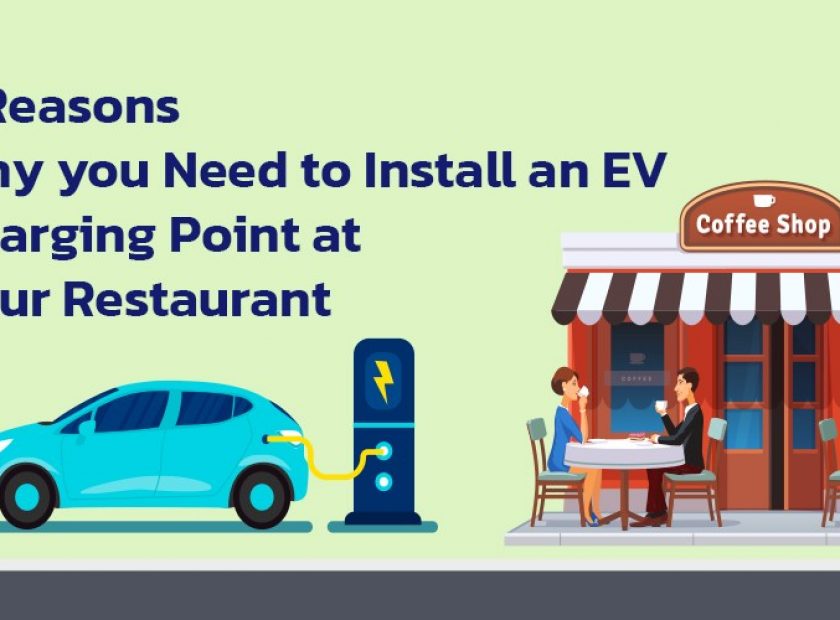Bidirectional EV Charger: The Future of EV Charging

The advent of electric vehicles (EVs) has brought a transformative change in the automotive landscape, challenging the conventional norms of transportation. At the heart of this revolution lies the bidirectional EV charger—a pivotal innovation poised to redefine how we perceive and utilize charging infrastructure. Unlike unidirectional chargers, bidirectional EV chargers not only replenish a vehicle’s battery but also enable a two-way flow of electricity, presenting a paradigm shift in the world of EV charging. As the automotive industry propels towards sustainability and energy efficiency, the bidirectional EV charger emerges as a critical cornerstone and bidirectional EV charging emerges as the key form of charging in promising a future towards a smarter, more interconnected energy ecosystem. Bidirectional EV charging, closely linked with V2G or Vehicle-to-Grid Technology, marks a significant leap toward a smarter, more interconnected energy ecosystem. Want to know how? You can read the article here (insert link). Meanwhile, let’s explore how bidirectional EV chargers are revolutionizing the electric vehicle landscape and paving the way for a greener, more efficient future.
Read also: Promoting The Growth of EV Charging Infrastructure
What is Bidirectional EV Charging?
Bidirectional EV charging is exactly what it sounds like EV charging that goes two ways. Whilst with unidirectional (one-way) EV chargers, electricity flows from the electric grid into the electric vehicle, with bidirectional (two-way) EV chargers, electricity can flow both ways.
Usually, EVs use chargers that enable a unidirectional flow of electricity from the grid to the vehicle for charging purposes. Bidirectional chargers, on the other hand, have the capability to facilitate a two-way flow of energy. This means that when required, the charged battery of an EV can send surplus energy back to the grid or be used to power a home or building, acting as a temporary energy storage system.
This technology allows EVs to contribute to grid stability, support energy demand during peak times, and serve as distributed energy storage, ultimately enhancing the efficiency and flexibility of the power grid. Bidirectional EV charging also enables a more integrated and sustainable energy ecosystem.
Understanding Bidirectional EV Chargers
In recent times, bidirectional EV chargers have emerged as a pioneering technology with the ability to revolutionize the electric mobility and energy sectors. Solar panels harness sunlight, converting it into electricity, which is then utilized by a bidirectional EV charger to power the vehicle. Excess electricity, post-vehicle charging, is directed towards charging the associated battery energy storage system. Beyond simply powering EVs, these chargers redirect excess electricity, when batteries are fully charged or when the vehicle is disconnected, back to the grid, contributing to the overall energy supply. Moreover, during nights, fully charged batteries serve as reliable backups, ensuring hassle-free EV recharging. This innovation significantly enhances energy sustainability, promotes grid stability, and bolsters overall energy efficiency, laying the foundation for a more sustainable charging ecosystem.
Benefits of Bidirectional EV Chargers
The versatility of bidirectional EV chargers goes beyond simply powering vehicles. These chargers act as a pivotal link between the EVs and the power grid, offering several noteworthy advantages:
1. Grid Resilience: They support grid stability by allowing EVs to supply stored energy back to the grid during peak demand or emergencies, enhancing overall grid resilience.
2. Demand Response: These chargers enable demand response programs, allowing utilities to manage peak electricity demand more efficiently by controlling the flow of energy between EVs and the grid.
3. Energy Arbitrage: Users can take advantage of varying electricity prices by charging their EVs during off-peak times when rates are lower and selling stored energy back to the grid during peak hours, potentially reducing electricity costs.
4. Renewable Energy Integration: Bidirectional charging facilitates the integration of renewable energy sources by storing excess renewable energy in EV batteries and releasing it to the grid when needed.
5. Backup Power: EVs equipped with bidirectional chargers can serve as backup power sources during power outages, supplying electricity to homes or buildings.
6. Reduced Emissions: By optimizing the use of renewable energy and reducing reliance on fossil fuels during peak times, bidirectional charging contributes to lowering greenhouse gas emissions.
7. New Revenue Streams: Bidirectional chargers offer opportunities for EV owners to participate in energy markets, potentially generating additional income by selling stored energy back to the grid.
8. Infrastructure Optimization: Bidirectional EV chargers, by providing energy back to the grid, reduce the strain on existing infrastructure during high-demand periods, potentially delaying the need for costly grid expansions.
Conclusion
Bidirectional EV chargers stand at the forefront of a transformative shift in the EV charging landscape. Their ability to not just consume energy but also provide it back to the grid or buildings marks a significant step toward a more sustainable and resilient energy future. As advancements and infrastructure continue to develop, these chargers are set to redefine the relationship between EVs and energy management, heralding a new era in clean transportation and energy utilization.
Read also: Everything You Need to Know about Vehicle-to-Grid (V2G) Technology




